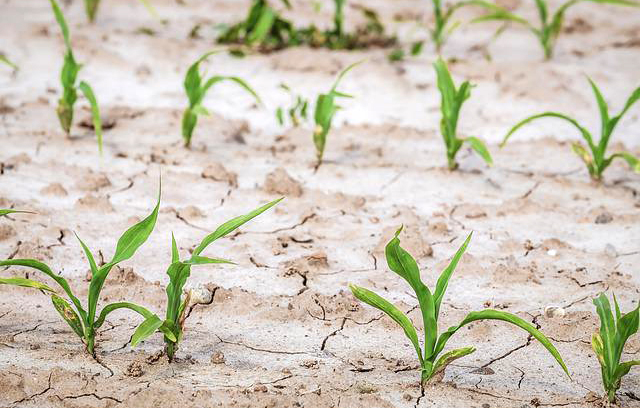Source: Ukragroconsult (Ukraine)
South African countries struggling with the effects of a record drought caused by El Niño this year will have to import at least 3 million tons of corn in the coming months, including from Ukraine. Bloomberg reports.
Farmers from Angola to Zambia to Mozambique were hit by the worst drought in a century in the middle of the growing season this year. It destroyed large areas of the staple food maize, as it is known in the region.
The Famine Early Warning Systems Network Fews Net reports that more than 30 million people affected by the drought caused by El Niño will need humanitarian aid by March.
The peak demand for regional food aid will be about 25 percent higher than during the last severe drought caused by the weather event in 2016-17, according to the organization funded by the U.S. Agency for International Development.
“While several countries are in the process of finalizing maize imports from international markets, particularly in South America, limited supply in the regional market is leading to inflated maize prices. In Malawi and Zimbabwe, for example, maize grain prices are already 130-150% above the average for this time of year,” the organization said in a statement.
The United Nations World Food Programme is seeking 290,000 tons of maize from remote regions such as Mexico and Ukraine as part of its most ambitious drought response in South Africa.
The drought, which is the worst in 40 years in some countries, has been exacerbated by climate change, said Rina Gelani, deputy secretary-general of the United Nations.
“In this region, droughts occur once a decade or more, and because of the climate situation, droughts are becoming more frequent, and some scientists say droughts will become even more frequent,” said Gelani, who is also climate crisis coordinator for the El Niño/La Niña response at the United Nations.
In May, the 16-nation Southern African Development Community appealed for 5.5 billion dollars in humanitarian aid.
El Niño is a climate phenomenon that occurs in the Pacific Ocean. It is characterized by unusually warm water surface temperatures in the equatorial Pacific, usually in spring or summer. This phenomenon has a significant impact on the weather and climate in various regions of the world.
During El Niño, there is usually an increase in air temperature and changes in wind conditions in many regions.
According to the United Nations World Meteorological Organization (WMO), the global average surface temperature in 2023 was about 1.45 degrees Celsius above the average from 1850 to 1900. 2023 was the warmest year in all 174 years of observation. The records for the warmest years to date were broken: 2016 with temperatures 1.29 degrees above the 1850-1900 average and 2020 with an excess of 1.27 degrees.
According to the WMO, the transition from La Niña to El Niño conditions in mid-2023 contributed to the rapid rise in temperatures from 2022 to 2023.

